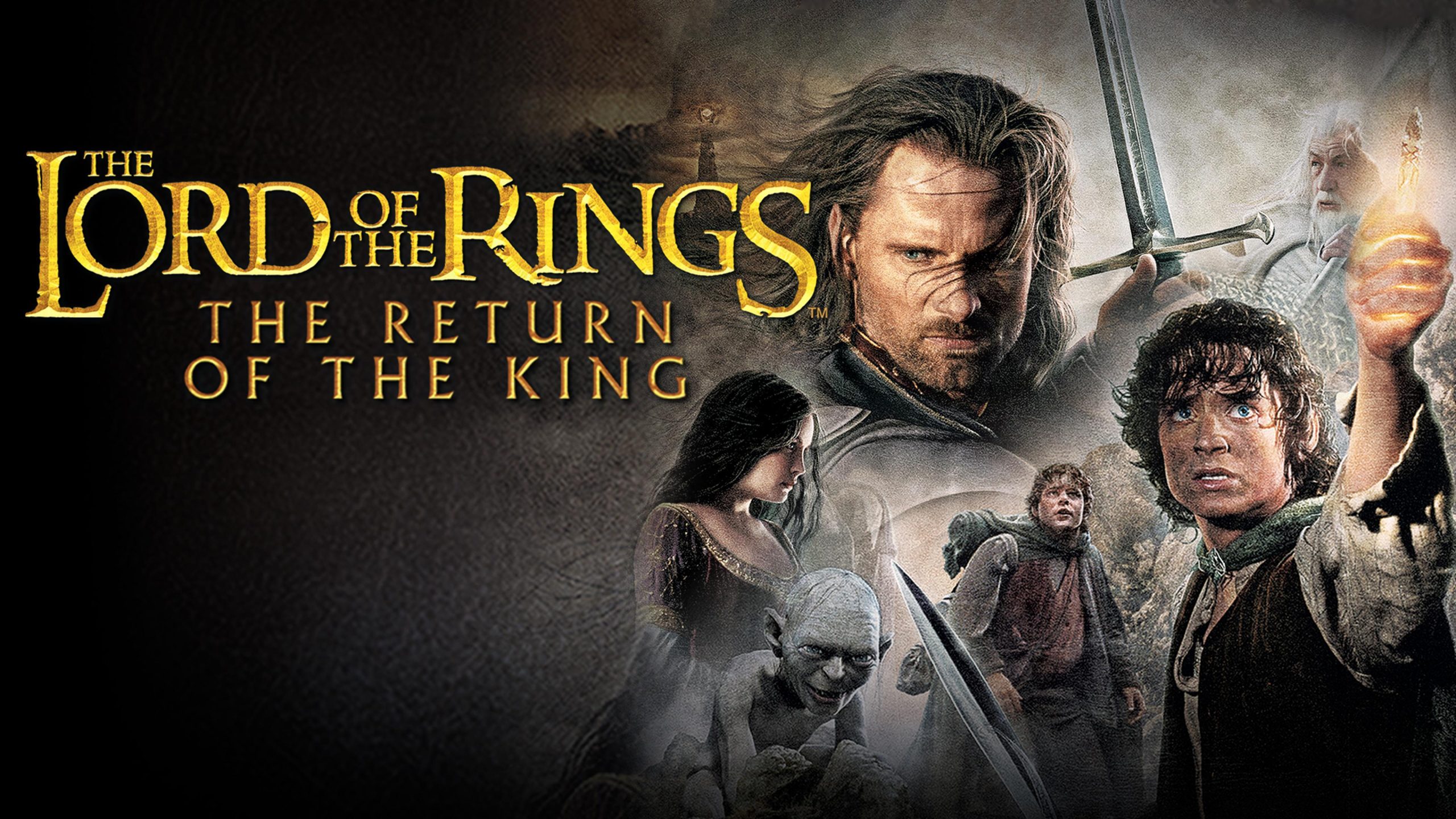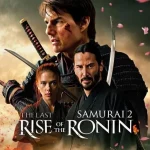The Lord of the Rings: The Return of the King (2003)

The Lord of the Rings: The Return of the King (2003) stands as the grand conclusion to Peter Jackson’s monumental film adaptation of J.R.R. Tolkien’s epic fantasy trilogy. As the final installment in a series that began with The Fellowship of the Ring and continued with The Two Towers, this film culminates the richly woven narrative of Middle-earth and the struggle against the dark lord Sauron. With its sweeping storytelling, breathtaking visuals, and profound thematic depth, The Return of the King is not only a spectacular end to a cinematic saga but also a landmark in the genre of epic fantasy.
The Return of the King picks up where The Two Towers left off, with the forces of good preparing for the final battle against Sauron. The film intricately weaves together multiple narrative threads, focusing on the climactic events leading to the destruction of the One Ring and the ultimate defeat of the dark lord.
The film’s narrative is anchored in several key storylines:
The Siege of Minas Tirith: As the forces of Sauron amass to besiege the city of Minas Tirith, the capital of Gondor, the film showcases one of the most visually stunning and intense battle sequences in cinematic history. The siege highlights the courage and resilience of the people of Gondor, led by characters such as Aragorn (Viggo Mortensen), Gandalf (Ian McKellen), and the soldiers of Gondor, as they defend their city against overwhelming odds.
The Journey of Frodo and Sam: Central to the film is the perilous journey of Frodo Baggins (Elijah Wood) and Samwise Gamgee (Sean Astin), who are determined to destroy the One Ring. Their journey to Mount Doom is fraught with danger and inner turmoil, as they grapple with the corrupting influence of the Ring and the treachery of Gollum (Andy Serkis). The tension between Frodo’s burden and Sam’s loyalty reaches a dramatic climax as they approach the final destination.
Aragorn’s Ascension: Aragorn’s character arc comes to fruition as he embraces his destiny as the rightful king of Gondor. His journey from a ranger to a king is marked by personal growth, bravery, and leadership. The film culminates in his coronation, symbolizing the restoration of hope and order to Middle-earth.
The Final Confrontation: The ultimate confrontation between the forces of good and evil takes place on the fields of the Pelennor. The battle sequences are grand in scale, featuring massive armies, mythical creatures, and heroic acts of valor. The film masterfully combines practical effects with CGI to create a visually immersive experience.
The Return of the King is rich in thematic content, drawing upon themes of heroism, sacrifice, and the triumph of good over evil. The film explores the concept of leadership and the burdens that come with it, as exemplified by Aragorn’s rise to kingship and his commitment to leading his people through the darkest of times.
The film also delves into the theme of redemption and the power of friendship. Characters such as Gollum and Boromir (Sean Bean) grapple with their past mistakes and seek redemption, while the enduring loyalty between Frodo and Sam underscores the importance of friendship and support in overcoming seemingly insurmountable challenges.
The symbolic significance of the One Ring is central to the film’s narrative, representing the seductive nature of power and the corrupting influence it can have. The Ring’s eventual destruction signifies the end of an era of darkness and the restoration of balance to Middle-earth.
Peter Jackson’s direction, combined with the work of the film’s visual effects team, achieves a remarkable level of visual grandeur and realism. The film’s epic battle scenes, intricate set designs, and stunning landscapes create a vivid and immersive depiction of Tolkien’s world. The use of practical effects, miniatures, and CGI seamlessly integrates to bring Middle-earth to life, providing viewers with a breathtaking and convincing portrayal of fantasy.
The film’s cinematography, by Andrew Lesnie, captures the grandeur of the settings and the intensity of the action. The sweeping aerial shots of the battlefields, the somber beauty of Mordor, and the majestic vistas of Gondor all contribute to the film’s epic scale.
The musical score by Howard Shore complements the film’s visuals, enhancing the emotional impact of key scenes. The use of leitmotifs and orchestral arrangements underscores the film’s themes and heightens the sense of drama and resolution.

Upon its release, The Return of the King received widespread acclaim from critics and audiences alike. It was praised for its epic scale, emotional depth, and visual splendor. The film won 11 Academy Awards, including Best Picture, Best Director, and Best Adapted Screenplay, making it one of the most awarded films in Oscar history. The success of The Return of the King cemented the film trilogy’s place in cinematic history and affirmed Peter Jackson’s vision as a defining interpretation of Tolkien’s work.

The film’s impact extends beyond its awards and box office success. It has influenced the genre of fantasy filmmaking and inspired a renewed interest in epic storytelling. The trilogy as a whole is celebrated for its ability to translate the complexity and richness of Tolkien’s novels into a cinematic experience that resonates with audiences of all ages.

The Lord of the Rings: The Return of the King (2003) stands as a monumental achievement in the genre of epic fantasy. Directed by Peter Jackson and concluding a groundbreaking trilogy, the film delivers a powerful and emotionally resonant conclusion to the saga of Middle-earth. Through its intricate narrative, stunning visual effects, and exploration of profound themes, The Return of the King offers a fitting finale to a cinematic journey that has captivated audiences and left a lasting legacy in the world of film.











